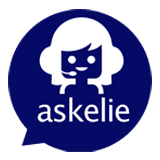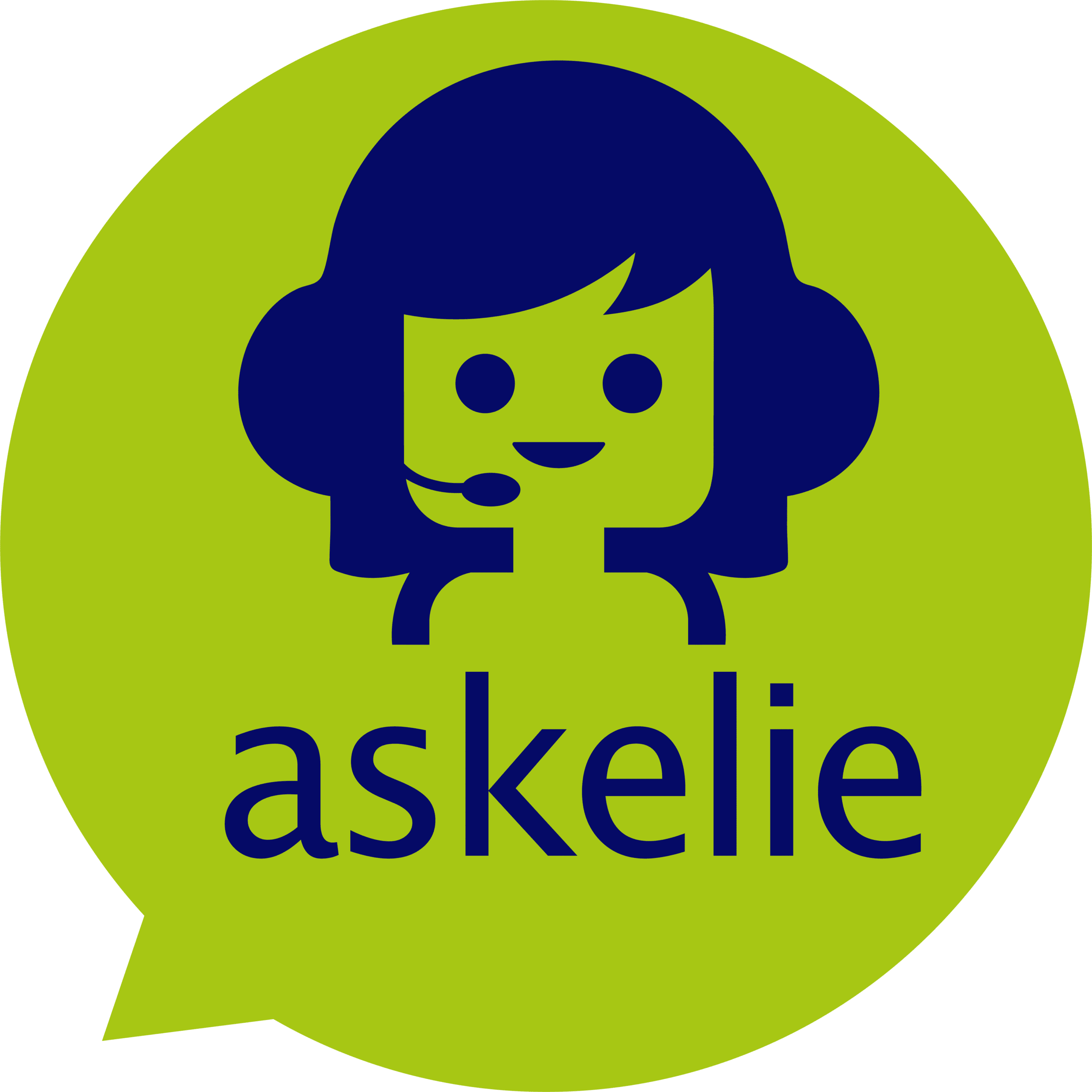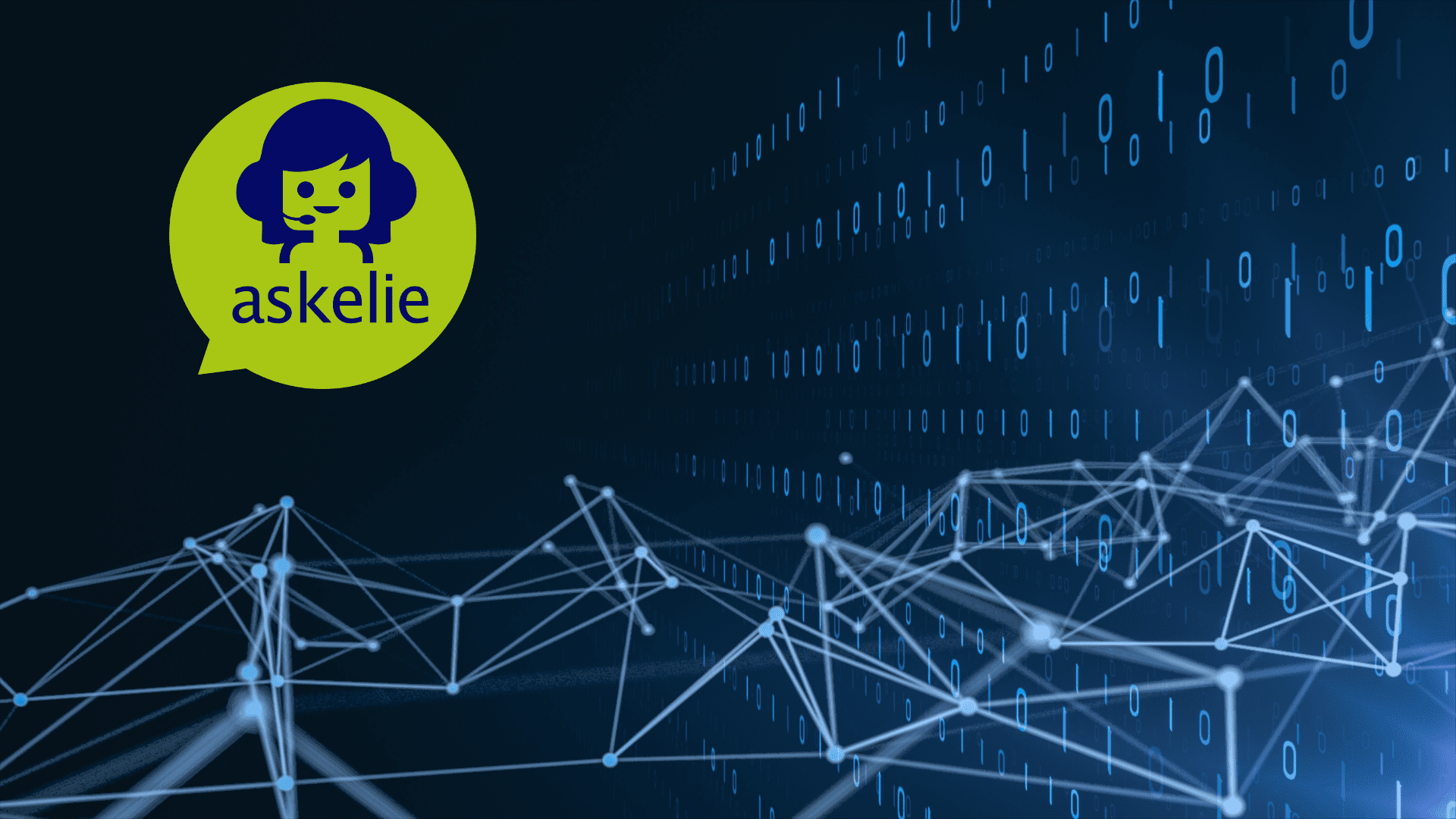Artificial intelligence has moved from the future into daily business operations. Companies across every sector are using AI to process documents, manage contracts, analyse data and make decisions at speed. Yet beneath the excitement sits a growing concern. Many organisations are adopting AI far faster than they are securing it. This imbalance is known as the AI Security Gap, and it is becoming one of the biggest challenges in digital transformation.
The AI Security Gap is not caused by bad technology. It is the result of rapid deployment without consistent oversight. When new tools are introduced before the right controls are in place, risks multiply. Sensitive data moves through systems that may not be designed for compliance. Public AI tools are used without audit trails. Models learn from data that is poorly governed. The result is an environment where automation grows, but accountability weakens.
Understanding the AI Security Gap
The AI Security Gap describes the space between innovation and protection. Businesses want the benefits of automation and efficiency, but many underestimate the new risks that come with AI. Traditional IT security focuses on networks, servers and user access. AI introduces another dimension. It processes data, learns from it and generates outcomes that can influence real decisions.
Without a dedicated security model for AI, companies face unseen vulnerabilities. These include:
• Data Leakage: Sensitive information entered into AI prompts can be stored or exposed in future outputs.
• Shadow AI: Employees use consumer AI tools for work tasks without approval or security review.
• Model Poisoning: Data used to train or refine models can be manipulated to produce false or biased results.
• Prompt Injection: Attackers use crafted text inputs to trigger unauthorised actions or extract hidden data.
• Lack of Auditability: Many AI systems cannot explain how decisions were reached, making compliance verification difficult.
Each of these problems can create financial, regulatory and reputational consequences.
Why the AI Security Gap Matters
AI is now being used to make critical business decisions. In finance, it reviews invoices and approvals. In legal and compliance, it analyses contracts and risk reports. In education and healthcare, it interprets sensitive information about individuals. If the underlying systems are not secured, the consequences can be serious.
A data breach or compliance failure can result in lost clients, damaged trust and significant regulatory penalties. Under GDPR, even unintentional exposure of personal data can trigger investigation and fines. The AI Security Gap therefore represents more than a technical issue; it is a governance and business continuity issue.
The Pressure of Fast Adoption
The pace of AI innovation makes the security challenge even harder. New AI models, APIs and platforms appear every month. Executives feel pressure to adopt quickly in order to stay competitive. However, implementing AI without reviewing information security, access controls and compliance readiness creates gaps that grow over time.
Many organisations also assume that security is the responsibility of the AI vendor. In reality, security is shared. The organisation must control how AI tools are deployed, what data they access and who can see the outputs. The AI provider manages the technology, but the client owns the data and the responsibility for compliance.
Closing the AI Security Gap with askelie®
askelie® was built specifically to close the AI Security Gap. It combines automation, intelligence and compliance in a single private platform designed for enterprise use. Unlike public AI tools that rely on open or shared environments, askelie® operates within a fully managed, private infrastructure where all data remains under client control.
Private and Compliant Architecture
Every askelie® deployment is contained within a secure cloud environment. No data is shared with public models, and no prompts are stored outside the organisation’s own environment. Data is encrypted in transit and at rest, following the highest security standards. The AI Security Gap creates exposure that can lead to reputational harm and data loss.
Full Audit Trails and Transparency
askelie® provides clear visibility of every automated process. Each interaction, data extraction and decision is logged, timestamped and available for audit. This ensures that organisations can demonstrate compliance with frameworks such as ISO 27001, SOC 2 and GDPR.
Human-in-the-Loop Controls
AI does not replace people; it enhances them. askelie® allows authorised staff to review, approve and correct AI actions before they are finalised. This validation layer ensures that automation remains accountable and that any anomalies can be caught early.
Secure Integration Across Workflows
askelie® connects with existing systems through secure APIs. Whether integrating with finance platforms, document repositories or CRM systems, data access is always permission-based and traceable. This prevents unauthorised use while maintaining flexibility for business operations.
Building AI That Businesses Can Trust
Trust is becoming the new measure of AI maturity. Governments in the UK and EU are strengthening regulations that require organisations to prove ethical and secure use of AI. Customers and partners expect transparency over how data is used. The companies that can demonstrate trustworthy automation will be the ones that lead the next stage of digital transformation.
askelie® enables this by making security part of the architecture, not an afterthought. From contract management with intELIEdocs to supplier compliance through askTARA, every module operates with privacy, traceability and compliance built in. The platform scales automation securely, helping enterprises gain efficiency without losing control.
Practical Steps to Strengthen AI Security
Organisations looking to close their own AI Security Gap can take several practical steps:
- Identify where AI is already in use. Many employees use AI tools informally without approval. Map these first.
- Review data flows. Understand what data AI systems access, store and transmit.
- Implement access controls. Restrict usage to authorised personnel and approved systems.
- Monitor activity. Use audit logs to detect unusual or risky behaviour.
- Choose private AI solutions. Adopt platforms like askelie® that provide end-to-end visibility and compliance assurance.
These steps help transform AI from a potential risk into a strategic advantage.
The Future of Secure AI
The next wave of AI adoption will reward those who balance innovation with responsibility. Organisations that build on secure, transparent platforms will gain the confidence of regulators, clients and investors. Those that do not will face growing compliance and reputational risks.
The AI Security Gap is not inevitable. It is the result of choices. By choosing a platform that prioritises protection and privacy, businesses can unlock the power of automation without sacrificing trust. askelie® helps organisations close the AI Security Gap while staying compliant and efficient.
askelie® represents that balance. It combines the intelligence of modern AI with the discipline of enterprise security. It allows organisations to move fast, stay compliant and protect what matters most: their data, their clients and their reputation.
To see how askelie® can help your organisation close its AI Security Gap, book a demo today


